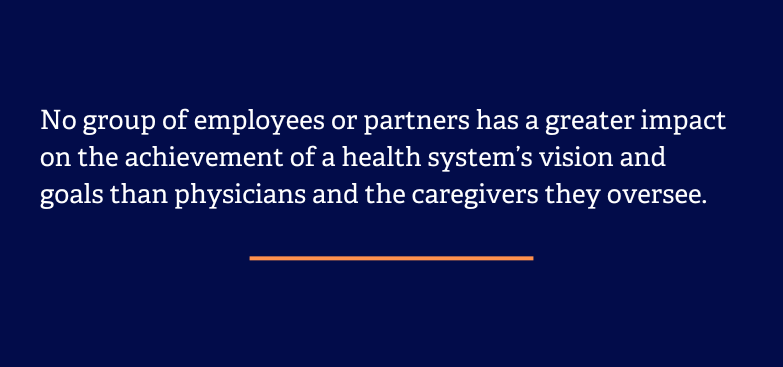Health systems comprise many moving parts across outpatient, inpatient, and post-acute settings. Physicians and APPs are the ties that bind each of these care settings and thus represent the key building block of consumer-centric, information-driven, integrated delivery system. However, many health systems still struggle with development, integration, and management of their employed physician enterprise, and relationships with contracted medical groups are frequently fragmented, loosely managed, and poorly aligned with health system priorities.
An integrated delivery system suggests more than a hospital that employs and contracts with physicians, Integration implies coordination across care settings, evaluation and adoption of best practices to create consistent excellence and efficiency, and creation of interdependence and cooperation among providers to pursue system-wide goals. Regardless of whether you have a robust physician enterprise, recently merged with another health system, or are just beginning to employ physicians effective integration of medical groups into a health system should not overlook:
- Cultural unification
- Shared leadership and inclusion
- Network integrity management
- Regulatory and legal nuances

This article was originally published in the Governance Institute in October 2023.

